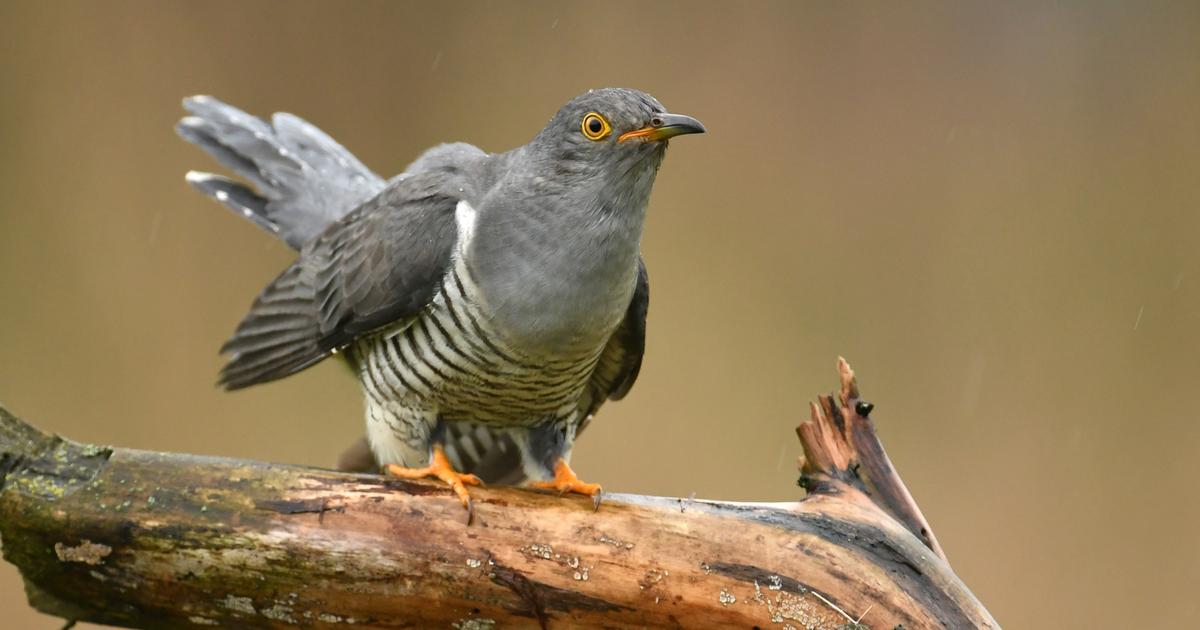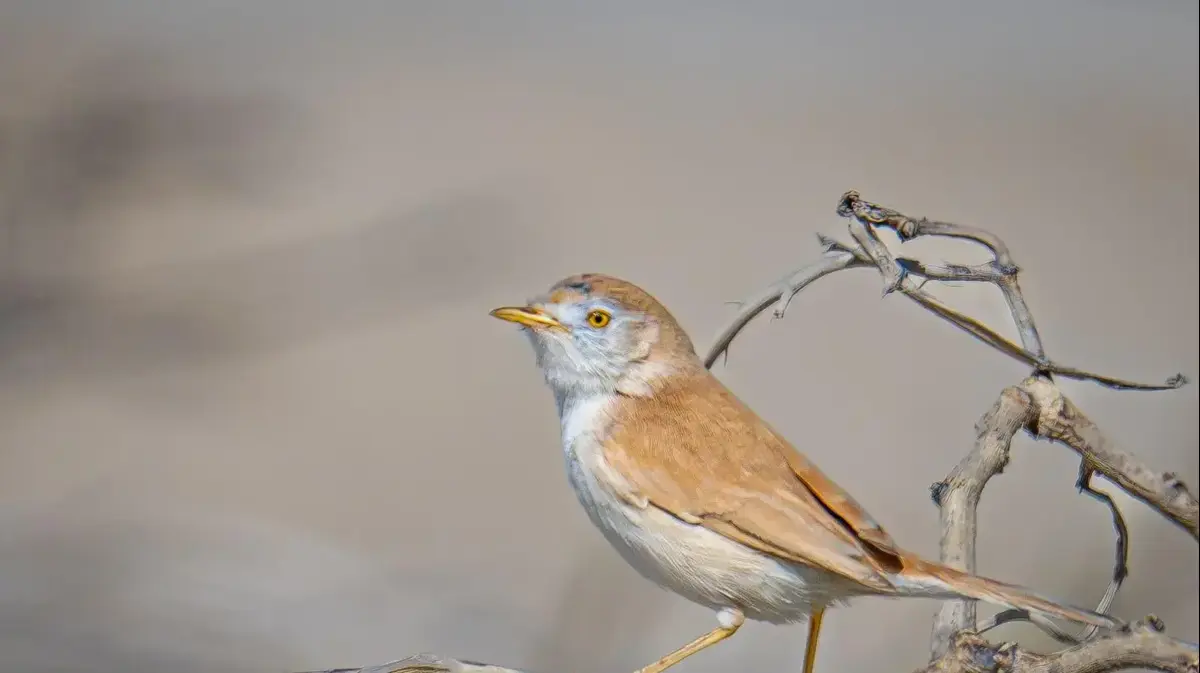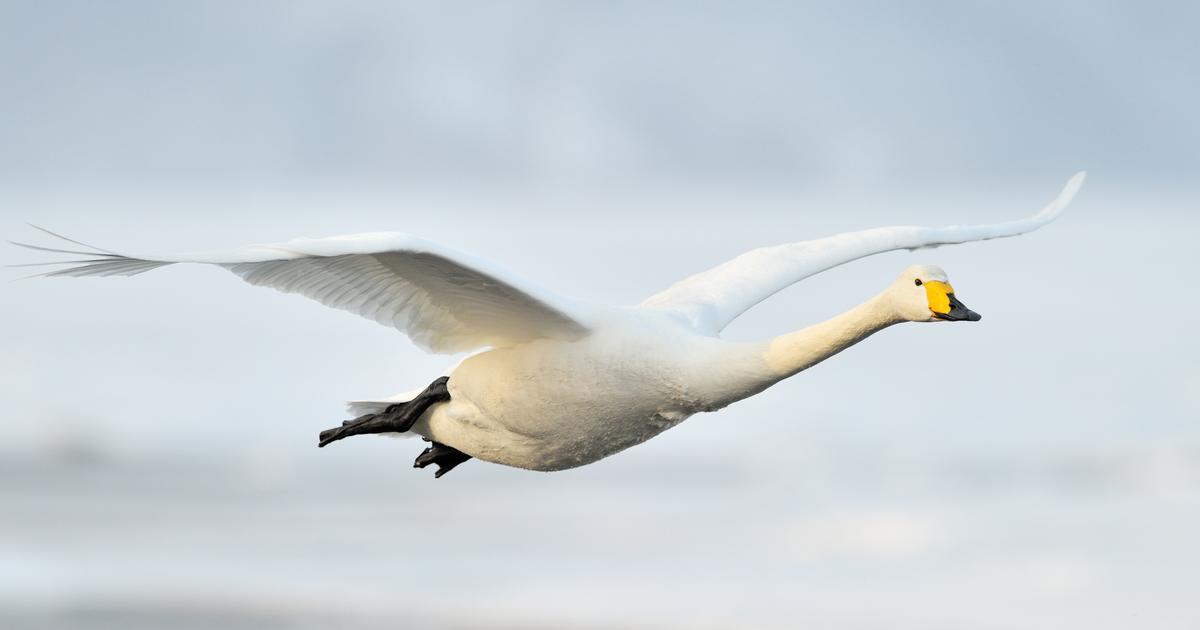Seven migratory birds from the north, which bird lovers only see here in winter
Created: 03/12/2022, 09:00
By: Jasmine Farah
Winter is approaching, many migratory birds are now drawn to warmer regions.
That's why others come to us from the far north.
Observers can look forward to the following rare species.
In winter it is quiet, dreary and there are no animals far and wide?
You thought wrong!
Anyone who goes stalking in the forest or on the meadow will be surprised which and how many creatures leave their tracks in the snow and co.
There are more animals out and about in the wet and cold season than many think.
Some even come from further afield, including some migratory birds from the north, who break the silence with their chirping.
Migratory birds from the north settle with us in winter or are in transit
This is surprising at first, after all, many native birds are migrating south to winter quarters in warmer regions.
But in fact, bird lovers can look forward to some seasonal guests, some of whom look deceptively similar to our bird species in this country.
The fieldfare prefers berries as food.
© Zoonar.com/JUERGENLANDSHOEFT/Imago
They come from Scandinavia, Greenland and Siberia, where it is often even colder and there is little food.
That is why they are drawn to our latitudes and here they like to mix with local relatives who also spend the winter at home.
Others, in turn, gather in huge flocks on the coasts of the North and Baltic Seas.
You can find even more exciting garden topics in the regular newsletter of our partner 24garten.de.
1. Brambling
If you are not very familiar with it, you might confuse it with a chaffinch: After all, it has the same body shape and size.
But it differs in the coloring of its plumage.
This one is exceptional as it is a mix of black, maroon and white.
The brambling comes mainly from Scandinavia and feels right at home in our garden.
2. Fieldfare
It looks slim and agile, but also cute at the same time: the fieldfare.
It is similar in size to our native blackbirds.
The sociable animal got its name because it likes to feast in droves on the last berries on bushes and fallen fruit in the garden.
3. Siskin
The siskin is about the size of a sparrow and, true to its name, likes to hang out in large groups near alder trees.
After all, he prefers to feed on their seeds.
It is easily recognized by its yellow to green plumage, but is easily confused with greenfinches for the untrained.
4. Redwing
Petite, slim and unobtrusively camouflaged: the redwing begins its journey in Scandinavia or Siberia and only stops by briefly on its way south.
Here she is looking for tasty berries to strengthen herself for the long journey.
Migratory Birds: Ten species that migrate south in the fall
View photo gallery
5. Barnacle Goose
The bird got its unusual name thanks to its black and white plumage, which looks very similar to a nun's habit.
Almost everyone has seen barnacle geese gliding across the sky in their signature V-shaped formation in the fall or spring.
These come from Greenland, from Spitsbergen or from the Siberian tundra and settle in the Wadden Sea of the North Sea.
Here they find enough food for the onward flight.
6. Waxwing
Gorgeous looking, with its strikingly beautiful color and pastel-hued hood, the Waxwing is easily distinguished from native birds.
In summer it is at home in the taiga of Eurasia, depending on the weather conditions it comes to us in winter.
There he settles mainly in northern Germany.
7. Golden Plover
The bird lives up to its name thanks to its yellow spots on its brown plumage.
It is almost extinct here, reports the science
portal geo.de
, but from time to time it can also be observed here in the tens of thousands migrating from Northern Europe.
He, too, likes to take a break in the Wadden Sea of the North Sea before continuing on to the British Isles or the coasts of western and southern Europe.









/cloudfront-eu-central-1.images.arcpublishing.com/prisa/GLQIPWOC3VBT3BKZRNAZOQJEQU.jpg)